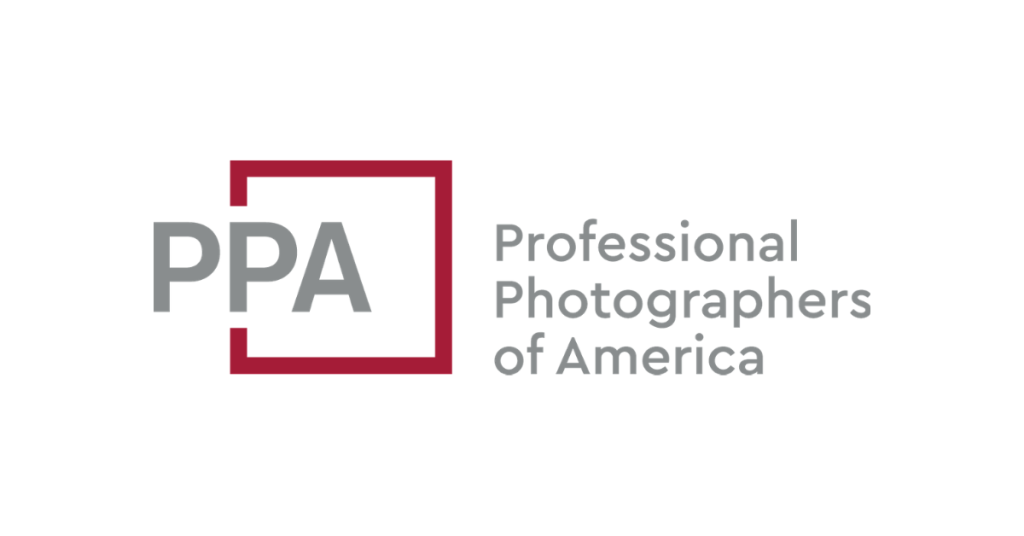A headshot is often the first thing people see when they come across your profile, website, or speaker bio. It’s a visual introduction—and like any introduction, you want it to feel confident, polished, and true to who you are. But for many professionals, their headshot doesn’t tell the right story. Maybe it’s outdated, too casual, or doesn’t match the tone of their work. That doesn’t mean you need a complete overhaul—it just means being mindful of a few common headshot mistakes and how to avoid them. Understanding these pitfalls can significantly elevate your professional presence.
Avoiding Cropping Catastrophes: Common Headshot Mistakes in Photo Selection
Mistake #1: Using a Cropped Photo from a Social Event
It might be a great photo of you—but if it’s clearly from a wedding, a party, or a vacation, it’s not sending the right message. Professional headshots should be intentional, not repurposed. If there’s a hand on your shoulder or a champagne glass cropped out of frame, it’s probably time for a dedicated session. This is one of the most common headshot mistakes professionals make, often due to convenience. While that vacation picture might show your happy side, it lacks the professionalism required for a business context. A headshot should convey seriousness and dedication to your craft, not your latest holiday adventure. Furthermore, a poorly cropped image can distract viewers and make you appear less detail-oriented.
The Peril of Outdated Imagery: Addressing Headshot Mistakes Over Time
Mistake #2: Not Updating Your Headshot for Years
If your headshot is more than a few years old, it may no longer reflect your current role, style, or level of professionalism. People evolve. Brands evolve. And your imagery should keep up with that evolution. A recent, accurate photo helps build trust and consistency—especially if you’re speaking at events, meeting clients, or showing up regularly online. An outdated headshot is a significant headshot mistake that can mislead potential clients or collaborators. Imagine meeting someone whose headshot is from a decade ago; it immediately creates a disconnect. Your headshot should represent who you are now, reflecting your current professional standing, hair color, or even eyewear. This shows that you are current, attentive to detail, and serious about your professional image.
Illuminating Your Best Self: Overcoming Headshot Mistakes with Light and Location
Mistake #3: Poor Lighting or Distracting Backgrounds
Lighting plays a huge role in the quality of your headshot. Harsh shadows, dim lighting, or uneven tones can affect how the image is received. The same goes for overly busy or cluttered backgrounds that pull focus from your face. These are crucial headshot mistakes that can undermine an otherwise good photo. Good lighting can make you look vibrant and approachable, while bad lighting can make you appear tired or uninviting. Similarly, a busy background featuring office clutter, a messy home, or even a public park with too many elements can detract from the primary subject: you. The background should be clean, simple, and complementary, ensuring that your face remains the focal point. Consider a solid, neutral background or a subtly blurred professional setting to achieve this effect.
Dressing for Success: Avoiding Wardrobe Headshot Mistakes
Mistake #4: Wearing Something That Doesn’t Represent Your Brand
Your outfit should support your personal or professional brand—not compete with it. Flashy patterns, logos, or trends that don’t align with your industry can send mixed signals. Neutral tones, textures, and pieces that make you feel confident tend to photograph best. This is a common headshot mistake that many overlook. What you wear communicates volumes about your professionalism and your brand. If you’re a creative professional, a pop of color might be appropriate, but if you’re in a more conservative industry, a classic suit or professional attire would be more fitting. Avoid overly trendy clothing that will quickly look dated, and steer clear of distracting patterns or bold logos that can pull attention away from your face. The goal is to look like the best version of you—on your most prepared and self-assured day. Your clothing should enhance your image, not overpower it.
The Art of Expression: Addressing Mistakes in Pose and Demeanor
Mistake #5: Holding Tension in the Face or Body
A stiff pose or a tight smile can come across as uncomfortable or unapproachable. A relaxed posture and natural expression go a long way in creating a headshot that feels warm and engaging. A good photographer will help guide you into poses that feel both natural and flattering. This is perhaps one of the most subtle yet impactful headshot mistakes. Your expression is key to conveying approachability and confidence. A forced smile or rigid posture can make you seem disingenuous or uncomfortable. Practice a natural smile in front of a mirror, and think about what makes you genuinely happy to help achieve an authentic expression. A skilled photographer can also provide cues and direction to help you relax and project your best self. Remember, your headshot should invite connection, not create a barrier.
Getting it Right Is Simpler Than You Think
Avoiding these common pitfalls doesn’t require hours of prep or a full rebrand. With a little awareness, the right guidance, and a session that feels comfortable and collaborative, your headshot can become one of the most impactful tools in your professional presence. By understanding these common headshot mistakes and actively working to avoid them, you can significantly enhance your professional image. Investing in a professional headshot session with a photographer who understands these nuances can make all the difference. Because at the end of the day, your image isn’t just a photo—it’s a first impression. And it should reflect the professionalism, personality, and presence you bring to your work. Don’t let these common headshot mistakes hold you back from making a truly positive and lasting impact.








